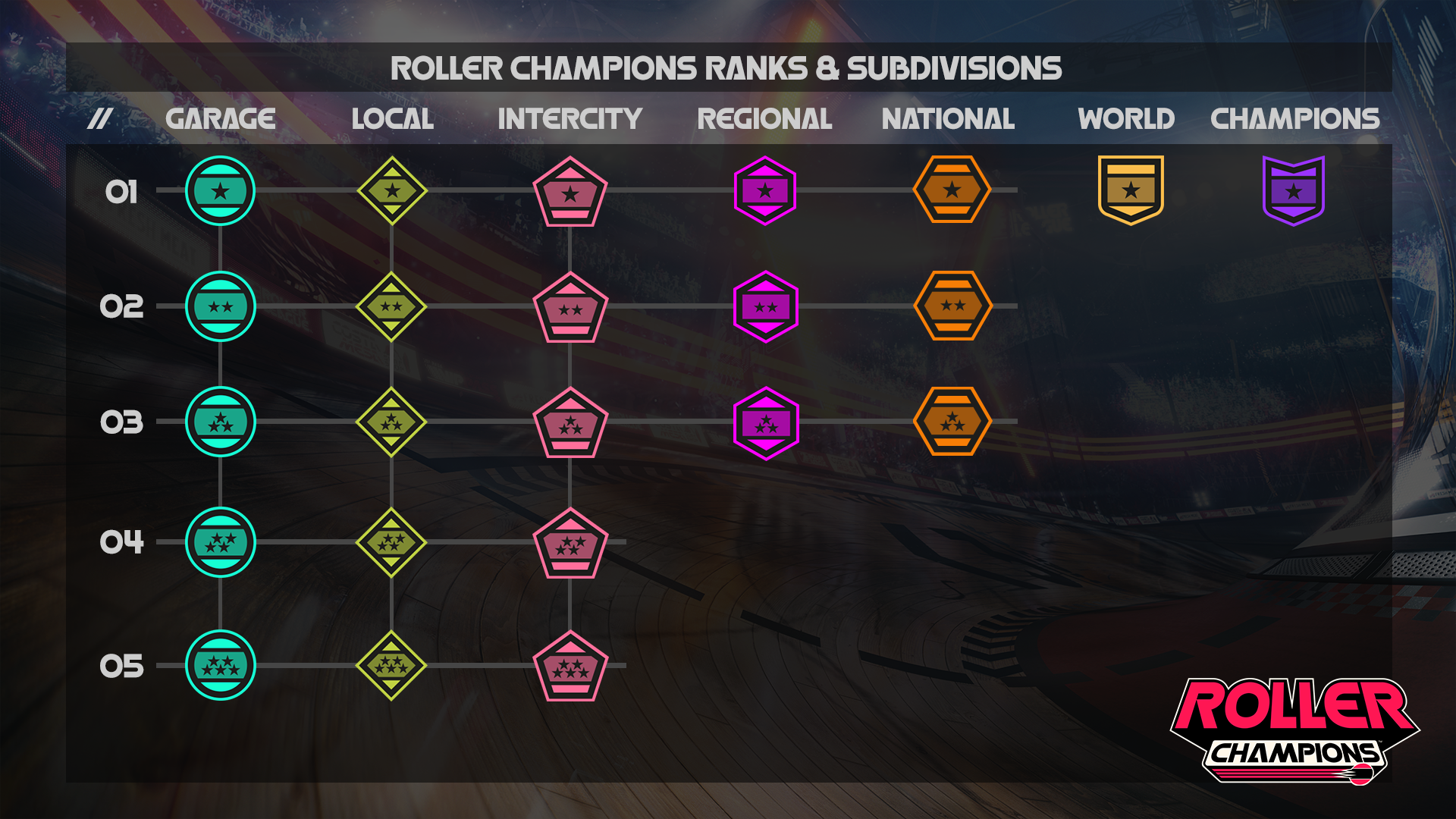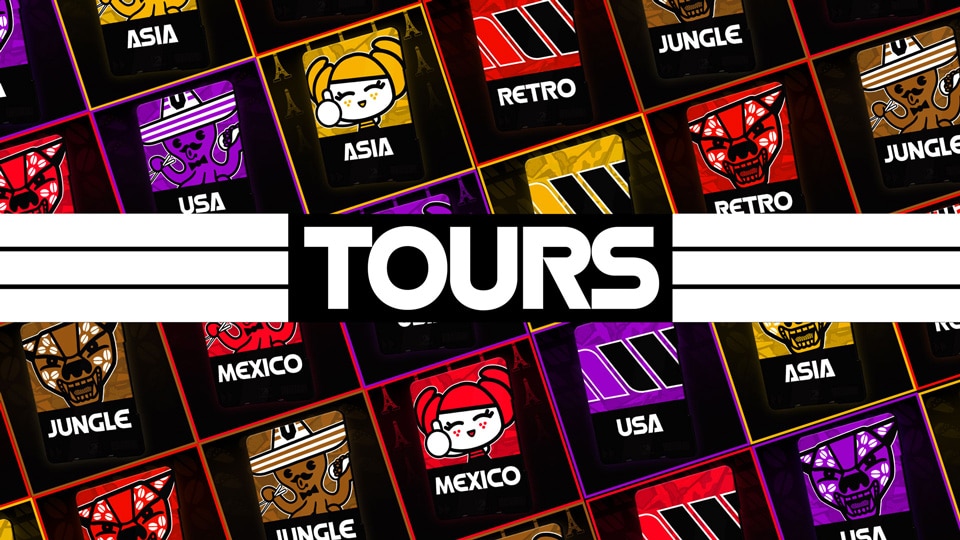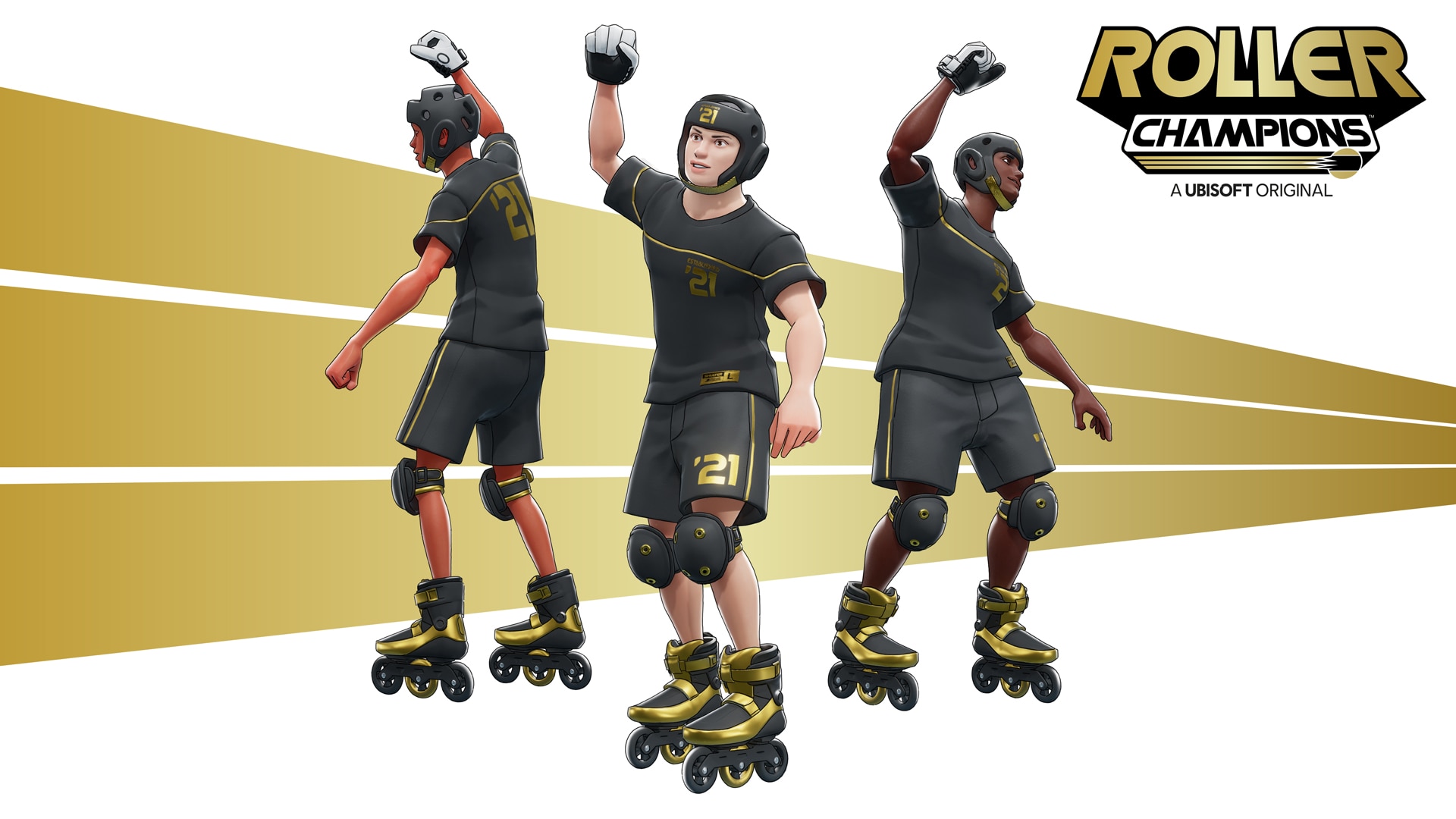During our test phases, we noticed that our community had questions about the matchmaking and MMR (Matchmaking Rating) system in Roller Champions. In order to give players a better idea of how this system works, we’ve put together an FAQ for this dev blog, so we can hopefully address some of those curiosities!
What is Roller Champions MMR?
MMR represents a player’s skill level. In Roller Champions, we assign an MMR to each player, which is reflected in our leaderboard system.
Comparing the MMR of two players gives an indication of the probability of one player winning over the other. The higher the difference, the more favorable the outcome will be to the better-rated player. However, if the difference is lower, the more even the matchup is theoretically.
How is MMR calculated exactly?
MMR is a combination of a skill value (μ) and an uncertainty factory (σ) to reach a 4-digit number. A player’s MMR is proportional to their skill value 100μ.
What is the skill value?
The skill value represents the ability to win games. Skill value ranges from 0 to 50, with a new player starting at 25.
What is the “uncertainty factor”?
The uncertainty factor is used during the updates after matches. Skill values are derived from a probabilistic estimation. What this means is that the more you play, the more information the system gets; the more information the system gets, the more certain the system becomes of your skill. *
How is MMR updated after a match?
The outcome of the match is the sole information used to update MMR. If the result of the match was an unexpected one, with a high skill player losing to a low-skilled team, the skill update will be larger and vice versa. This is also where the uncertainty factor comes in, as the more confident the system is with the information provided, the smaller the updates to MMR will be.
Let’s look at an example with Player 1 and Player 2. Note that the values in the example do not reflect the actual updates that will occur but are to give a clear look at the system.
Let’s say Player 1 is an above-average player (μ ≈ 30) and has been playing at this skill level for a while, meaning her uncertainty factor is low (σ ≈ 2). Player 2, on the other hand, is a newer player that has faced some setbacks, but is sticking to it.
Player 1 and Player 2 face off, with Player 1 ultimately losing. Player 1’s skill value would decrease, resulting in something like: μ ≈ 28. If Player 1 would have lost against someone much closer to them in skill value, the change would have been closer to: μ ≈ 29.8. His MMR moving from ≈ 3000 to ≈ 2800.
For Player 2, since he is a new player with a few losses to his record, his skill value is lower, but his uncertainty factor is much higher than Player 1’s (μ ≈ 20, σ ≈ 6). Player 1 was probably having a bad day, allowing Player 2 to sneak in a last-minute goal and claim victory. His update is an increase, which will be higher due to the uncertainty factor being larger as well, Player 2 goes up to μ ≈ 24, while his uncertainty factor decreases to σ ≈ 5.5. His MMR moving from ≈ 2000 to ≈ 2400.
As you can see, both the difference in skill value and the uncertainty factor influence the change in MMR and how it is updated.
Does my number of fans impact my matchmaking?
No, fans are not taken into account when matchmaking.
How does matchmaking work in Roller Champions?
Initially, the matchmaking system uses two important pieces of information: the location of the player and their MMR.
The matchmaking system locates players per region, then using the player’s MMR, the system attempts to find other players to form a team with equivalent or near enough MMR.
Of course, the more time that passes, the larger the gaps in MMR between players will be. Once a team is formed, the system averages the team’s MMR and attempts to find another team with an equivalent or close MMR. As with the gaps in MMR between players, the gaps between different teams increases as well.
The largest factor in allowing a matchmaking system to properly matchmake based on skill is population; the number of available players. The more people there is in matchmaking, the more information the system has to find properly balanced matches.
Closed Alpha Learnings
During the Closed Alpha matchmaking quality wasn’t optimal. Since the Closed Alpha was only available to a limited number of players, matchmaking quality was affected by the reduced volume of players, resulting in matchmaking that was, of course, made in conditions that were not ideal.
Where are we going from here?
The matchmaker itself is getting a refit, with the initial algorithm currently being updated. We are also looking into the starting position of new players. It’s never fun when new players face off against Top 100 players for several matches in a row, we are looking into ways to alleviate this.
Finally, we will also be looking at the feedback from players, as well as the information gathered during the Closed Beta.
What will the Ranking system look like?
The system will be tier-based similar to Rainbow Six: Siege. The tiers range from Garage to Champion. Some tiers come with different subdivisions within that can range from 1 to 5.

On the design of the ranks, game designer Phillip Conte had this to say: “For names, we wanted to preserve the Roller Champions world building - but also make them sound less like they come from an Olympic sport and more like a professional sport. Ranks represent different level of leagues.”
Players will need to complete 10 ranked placement games in order to receive their first ranking. These placement games become available to players with a minimum all-time fan count of 2000. During the placement games, matchmaking is altered a little. Instead of matching by Skill Rating, players are matched with other players who have an equivalent or similar number of placement games left to play.
We hope this has been informative and enlightening and we can’t wait to get your feedback on this new system!
Register now for the Closed Beta and join the conversation on our Discord server: discord.gg/rollerchampions.




